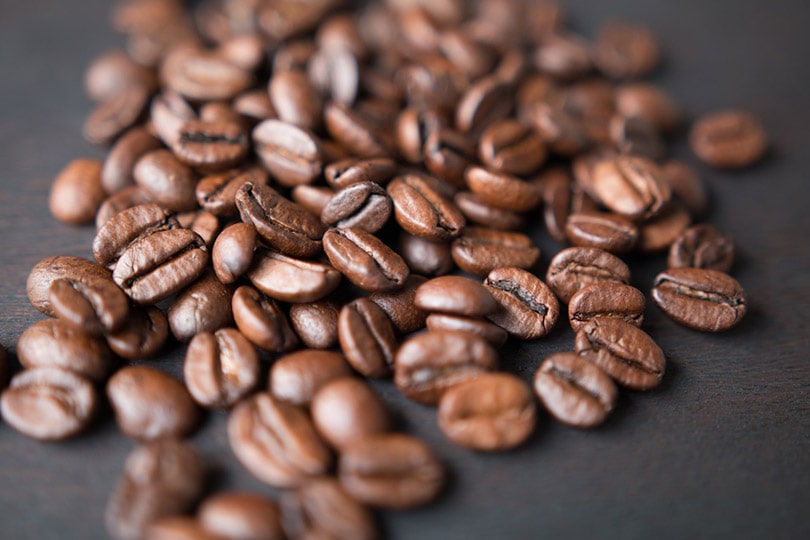
Many people look for alternative ways to consume caffeine because it isn’t always convenient to drink a beverage, especially if you are on a long trip and don’t want to make frequent stops at a rest area. But many unusual products contain caffeine, like soap and cosmetics, which has many people worried that they will ingest too much. Many people want to know if it’s possible to absorb caffeine through the skin. The surprising answer is yes, caffeine can pass through the skin into the bloodstream. Keep reading as we look into if it’s safe to use a caffeine patch and discuss how much caffeine is safe to consume each day.

Can caffeine be absorbed through the skin?
It is possible to absorb caffeine through the skin, and it’s also possible to find caffeine patches. Unfortunately, there is not much information about how much caffeine you can consume each day using this method. A company called Vie Vie makes one of the strongest patches available, and each patch contains 75 mg of caffeine. The instructions state that you should put on a new patch each day, but there is no way to tell if your body can absorb all 75 mg. Other caffeine patches contain even less caffeine, like the Dew Well hangover patch, which has only 16 mg per serving.

How does the caffeine in patches compare to coffee?
Unfortunately, there are not many different patches on the market, and the available ones contain 75 mg or less caffeine per serving. A standard cup of coffee contains an average of 95–140 mg, depending on the roast and brewing method, and many people drink several cups a day, so their caffeine consumption can be much higher. Many people also like to add espresso to their coffee at their favorite chain restaurant, which contains about 63 mg per shot. Instant coffee usually contains less caffeine, and you will usually find 30–90 mg in one of these beverages. Even decaf coffee contains a small amount of caffeine, at around 7 mg per cup.
How much caffeine is too much?
Most experts recommend keeping your caffeine intake below 400 mg per day to avoid any health problems. Caffeine is a diuretic, so it can dehydrate your kidneys and bladder, leading to stones. It can also increase your blood pressure, lead to heart problems, and make it difficult to sleep. Many people also experience anxiety and agitation if they drink too much coffee or consume too many caffeine pills.

Why do they put caffeine in cosmetics?
Caffeine has many benefits beyond providing an energy boost. Doctors learned that caffeine is good for tightening the skin, which can help it appear more youthful. It also helps reduce swelling, which can be great if you have an injury, and it can reduce bags under your eyes. It also works well to protect the skin from sunlight and prevent sunburn. When mixed with vitamin C, caffeine provides even more benefits to the skin, making it a great ingredient to add to cosmetics.

In Conclusion
Caffeine will be absorbed through the skin, but the rate of ingestion is low, and the strongest patches available only provide about half a cup of coffee’s worth of caffeine, so it’s not a great alternative to drinking it if you are looking for an energy boost. If you don’t drink coffee regularly, the patches might help you stay more active and focused throughout the day, but the real power of topical caffeine is in its ability to tighten the skin, reduce swelling, and protect against ultraviolet rays, which is why it can be found in many skin products and cosmetics.
Featured Image Credit By: progressman, Shutterstock














